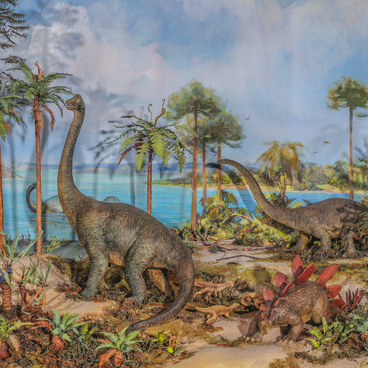Endocrine glands are organs which secrete physiologically active substances, hormones, to the internal environment of the body. A French physician Claude Bernard coined the term ‘endocrine secretion’ in 1855.
Endocrine glands comprise the thyroid gland, which is located in the front part of the neck. Back in 17th century, Thomas Wharton, an anatomist, described the exact structure of the organ on the basis of autopsies. He supposed that it defines beauty of the neck.
Thyroid gland was ascribed the most extraordinary functions and properties until the very early 19th century. It was considered to be included into vocal apparatus and prevent blood from excessive flow to the brain.
In 1836, Thomas Wilkinson King proved that the thyroid gland is included into endocrine system, which means it secretes hormones to the blood vessels. By the middle of the 19th century, scientists conducted experiments on removal of the organ. In 1880, myxedema, a disease caused by thyroid gland insufficiency, was described. In 1896, Eugen Baumann, a German research biochemist, proved influence of iodine deficiency on functioning of the thyroid gland.
In 1915, one of the thyroid gland hormones, thyroxine, was isolated. Thyroxine chemical structure decoding and synthesis were realized in 1927. Later, another thyroid gland hormone, triiodothyronine, which demonstrated higher bioactivity rate, was discovered. To comprehend the role of this or that hormone, scientists had to conduct experiments on living beings.
The first director and founder of the biological museum, endocrinologist Boris Zavadovsky, not only managed the museum and proliferated science, but also conducted experiments and wrote scientific articles. The exhibited dogs display the results of his work on studying the endocrine glands.
Zavadovsky took those dogs from the same litter. The black dog was a control animal, and there were no experiments conducted on it. Zavadovsky removed the thyroid from the small red dog and a third dog was given a beef thyroid in its diet.
As a result, the dog, which was fed on the gland almost lost its hair. It turned out that elevated level of thyroxine caused hair loss. The dog with a removed thyroid gland stopped growing. It had crooked legs and puppy-looking snout. This experiment showed that when the gland is hypofunctional, i.e. not functioning properly or is absent, thyroxine affects growth and metabolism.
Endocrine glands comprise the thyroid gland, which is located in the front part of the neck. Back in 17th century, Thomas Wharton, an anatomist, described the exact structure of the organ on the basis of autopsies. He supposed that it defines beauty of the neck.
Thyroid gland was ascribed the most extraordinary functions and properties until the very early 19th century. It was considered to be included into vocal apparatus and prevent blood from excessive flow to the brain.
In 1836, Thomas Wilkinson King proved that the thyroid gland is included into endocrine system, which means it secretes hormones to the blood vessels. By the middle of the 19th century, scientists conducted experiments on removal of the organ. In 1880, myxedema, a disease caused by thyroid gland insufficiency, was described. In 1896, Eugen Baumann, a German research biochemist, proved influence of iodine deficiency on functioning of the thyroid gland.
In 1915, one of the thyroid gland hormones, thyroxine, was isolated. Thyroxine chemical structure decoding and synthesis were realized in 1927. Later, another thyroid gland hormone, triiodothyronine, which demonstrated higher bioactivity rate, was discovered. To comprehend the role of this or that hormone, scientists had to conduct experiments on living beings.
The first director and founder of the biological museum, endocrinologist Boris Zavadovsky, not only managed the museum and proliferated science, but also conducted experiments and wrote scientific articles. The exhibited dogs display the results of his work on studying the endocrine glands.
Zavadovsky took those dogs from the same litter. The black dog was a control animal, and there were no experiments conducted on it. Zavadovsky removed the thyroid from the small red dog and a third dog was given a beef thyroid in its diet.
As a result, the dog, which was fed on the gland almost lost its hair. It turned out that elevated level of thyroxine caused hair loss. The dog with a removed thyroid gland stopped growing. It had crooked legs and puppy-looking snout. This experiment showed that when the gland is hypofunctional, i.e. not functioning properly or is absent, thyroxine affects growth and metabolism.



